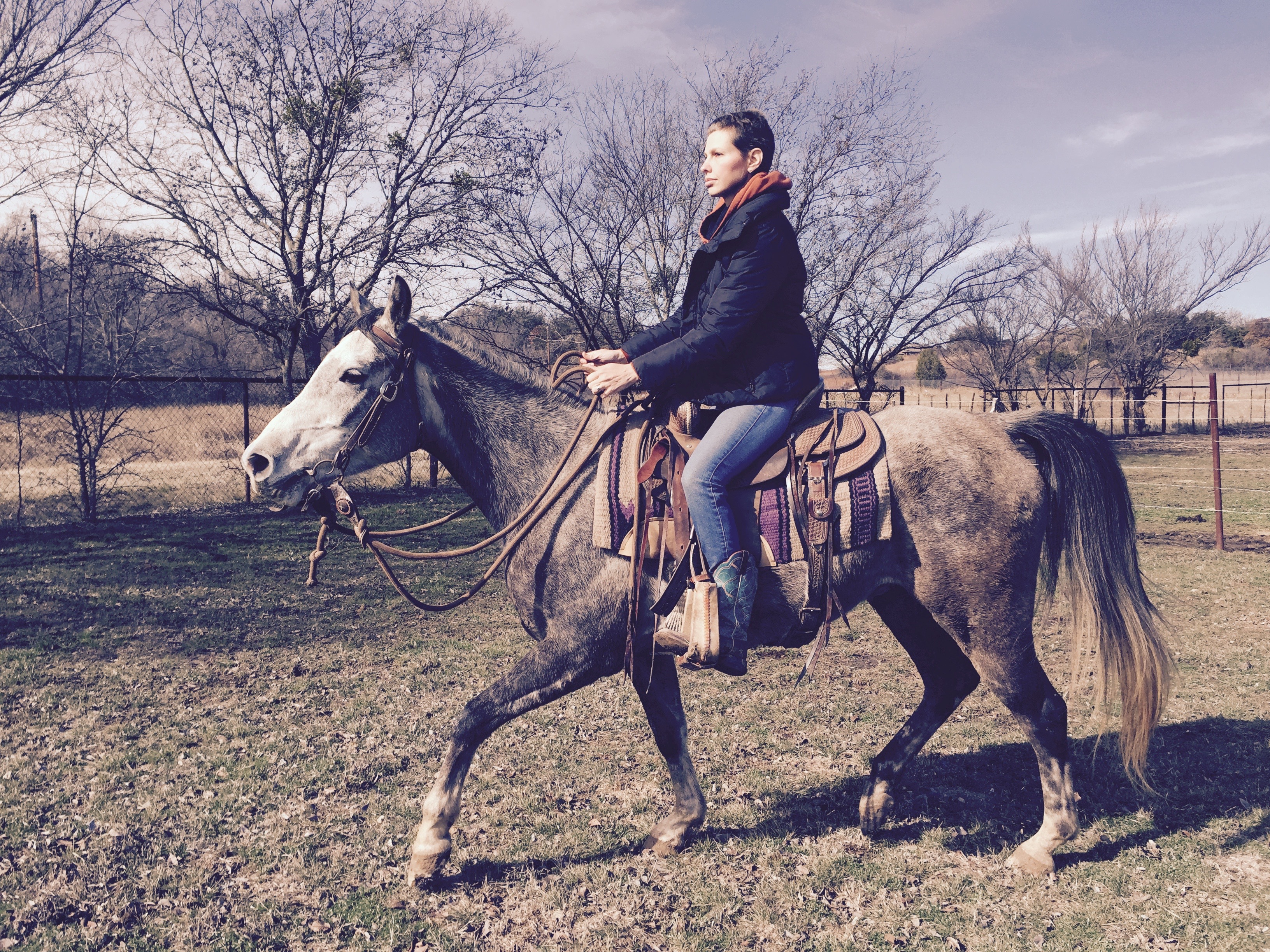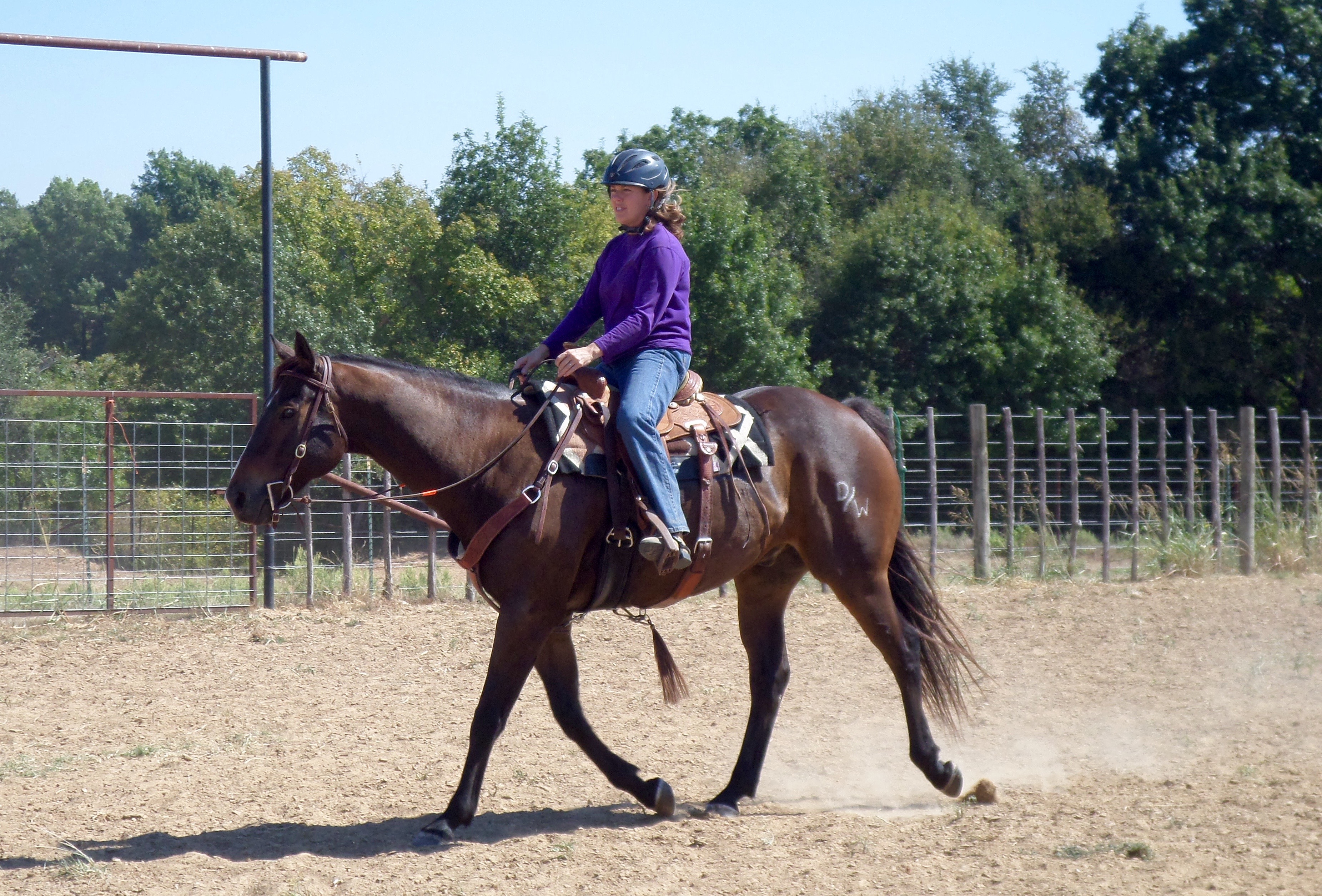HOME
The Natural Horseman – How to be the best leader for your horse
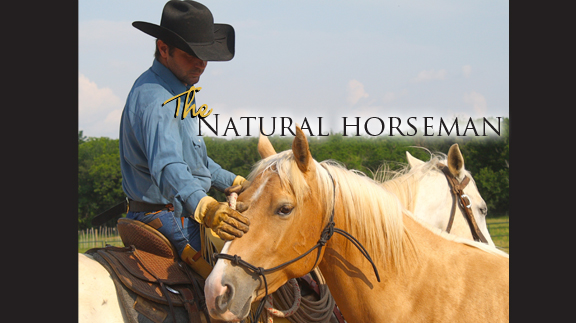
By Steve Stevens
Do you think General Lee ever looked at the ground when he rode Traveller into battle?
Looking where you are going when you ride horses might be the most important thing you can ever learn to do when riding.
If General Lee was looking down at the ground while leading his troops into battle, would Traveller and his soldiers have followed? I don’t think so.
Good leadership to me is the number one thing we must learn if we want to be good horsemen and horsewomen. And that starts with looking where you are going when you are riding. For that matter, this is true when you’re walking or driving. Go for a walk and look down at the ground and see how straight of a line you make. It is the same thing for riding horses. When we look up, our body position becomes more correct and it helps to keep the horse between our hands and legs. When we look down, our shoulders slump over and in turn, puts more weight on the front end instead of the back. That makes it harder for the horse to travel correctly. Down the road this can help lead to injuries on the front end.
If you don’t know where you are going, it isn’t really fair to ask your horse to know.
Try this little test at home- tie some ribbons or flags around your arena. Start at one spot and ride across the arena to the next and see how far you can go without taking your eyes off of the flag. Practice keeping your eyes on them at all times. It is harder than you think.
Another fun one is to get out your piggy bank and have a friend watch you ride around the arena at all three gaits and every time you look down you get buzzed and have to give them a quarter.
Be careful cause that can add up pretty quick.
Don’t cheat, some people will learn to keep their head up like they are looking up but have their eyeballs looking down. I really believe the looking down stems from fear and when we are nervous riding horses we feel safer looking down at our horse as if they are going to look back and tell you that it will be ok.
Remember we have to be the leader, so we have to find in ourselves the courage to look up, to know where we are going and to have faith our horse will follow.
My mentor, Kenny would always say, “ just look where you are going and your body and horse will follow.”
If you are trying to go somewhere over an obstacle or down a road and your horse gets stuck, make sure to ask yourself if you are looking where you are going before you get frustrated with your horse. You would be amazed how many times if you just look up, a horse that seems completely stuck will just go forward like magic.
One of my favorite songs is by the great Chris LeDoux. “The Ride.”
He sings,
“Sit tall in the saddle,
Hold your head up high
keep your eyes fixed where the trail meets the sky.
And live like you ain’t afraid to die
And don’t be scared, just enjoy your ride”
Great horsemanship starts with humility.
Have safe rides.
HOME
Preparing Spring Gardens

By Hannah Claxton | Editor
The North Texas area is located within USDA Hardiness zones seven and eight. The zones are categorized by predicted low temperatures for winter and timing of the first and last frosts.
Zone seven usually has winter low temps between 0 and 10 degrees F with the average date of the first frost falling between Oct. 29 and Nov. 15 and the average date of the last frost falling between March 22 and April 3.
Overall, these two zones have similar climates and growing conditions, making the options for timing and variety within a garden very similar.
In these zones, cool-season crops should go in the ground in March, meaning that soil preparation should start now.
To read more, pick up a copy of the January edition of North Texas Farm & Ranch magazine, available digitally and in print. To subscribe by mail, call 940-872-5922.

HOME
Equine Vaccinations

By Heather Lloyd
Vaccinations are a critical component of maintaining the health and well-being of horses, especially in environments where they are exposed to other animals, such as in the sport, show and performance arenas. Horses, like all animals, are susceptible to various infectious diseases that can spread quickly and cause serious harm.
A routine vaccination schedule helps prevent the spread of these diseases by preparing the horse’s immune system.
To read more, pick up a copy of the November edition of North Texas Farm & Ranch magazine, available digitally and in print. To subscribe by mail, call 940-872-5922.

HOME
Wichita Falls Area Cattlewomen
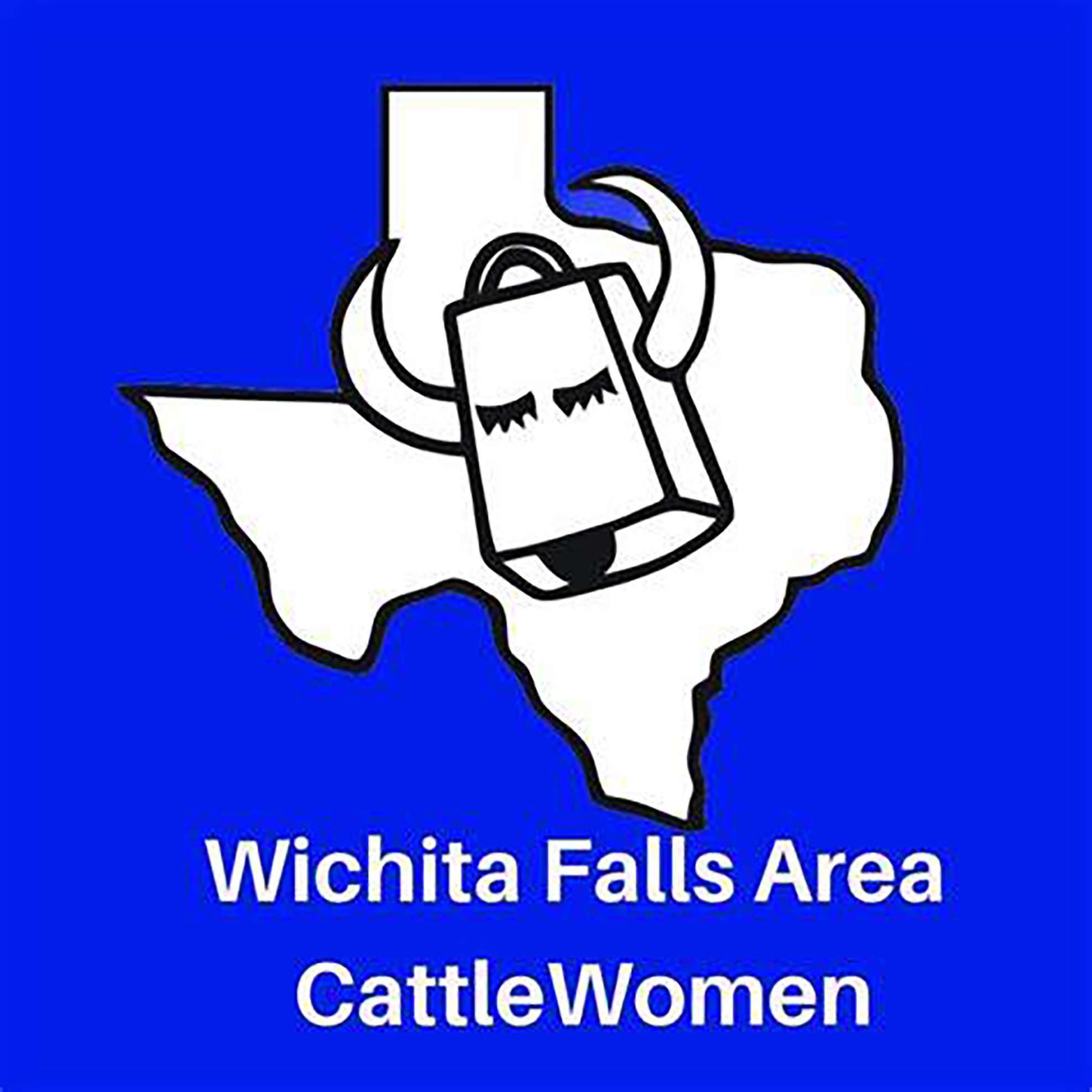
Having herds on a controlled breeding schedule means that we have a predictable calving schedule, and while it’s only over a couple of months, for us it does fall right after the start of the year. I lobby annually to call ours the “Winter calving season”, but I am outvoted and my husband still refers to it as Spring. Unlike producers in our Northern States, we don’t have to contend with brutally harsh winter weather, and on those rare times we do, thankfully it is not for extended periods. Regardless of whether you have a Spring or a Fall calving schedule, the health of a newborn calf begins with the mother’s health, and the mother’s health is largely dependent on the producer.
To read more, pick up a copy of the November edition of North Texas Farm & Ranch magazine, available digitally and in print. To subscribe by mail, call 940-872-5922.
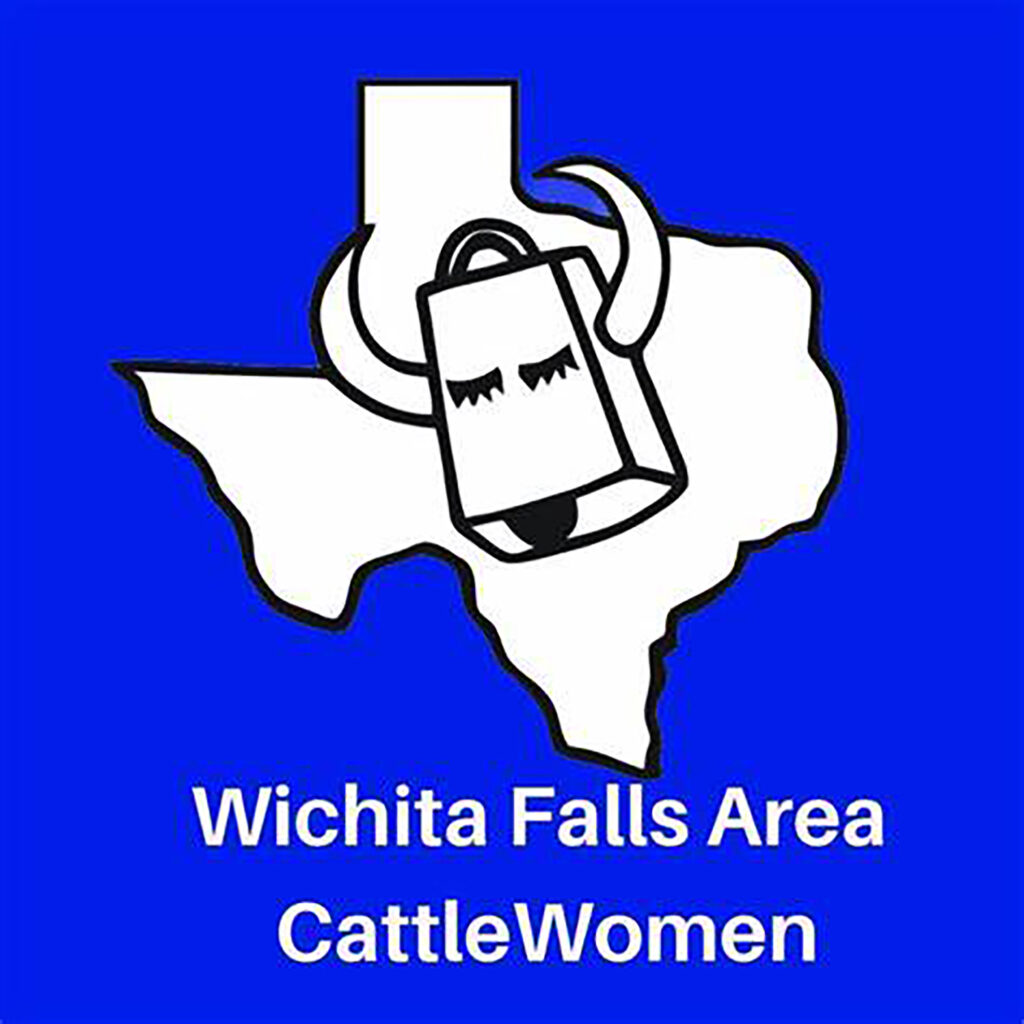
-

 Country Lifestyles2 years ago
Country Lifestyles2 years agoScott & Stacey Schumacher: A Growth Mindset
-

 Country Lifestyles8 years ago
Country Lifestyles8 years agoStyle Your Profile – What your style cowboy hat says about you and new trends in 2017
-

 HOME8 years ago
HOME8 years agoGrazing North Texas – Wilman Lovegrass
-

 Outdoor10 years ago
Outdoor10 years agoButtercup or Primrose?
-

 Country Lifestyles5 years ago
Country Lifestyles5 years agoAmber Crawford, Breakaway Roper
-

 Equine1 year ago
Equine1 year agoThe Will to Win
-

 Country Lifestyles9 years ago
Country Lifestyles9 years agoJune 2016 Profile – The man behind the mic: Bob Tallman
-

 Country Lifestyles8 years ago
Country Lifestyles8 years agoDecember 2016 Profile, Rusty Riddle – The Riddle Way

